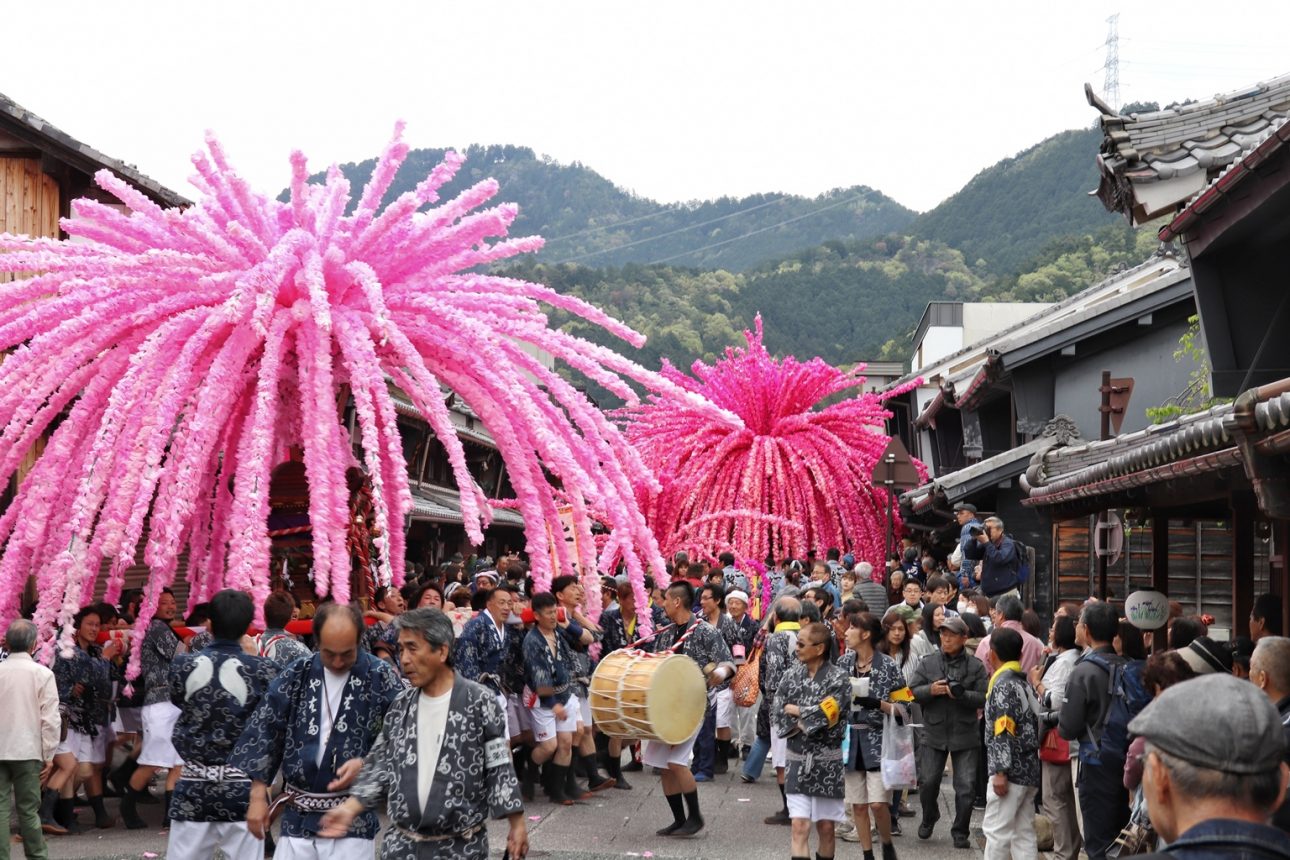


Mino Washi is a style of traditional Japanese paper that has long been produced in the city of Mino for over 1,300 years. It is particularly famous for its pure white color and ability to showcase light in a beautiful manner, all while maintaining a tough and durable consistency.
Mino Washi owes its development to the naturally rich environment of Mino, like the pristine waters of the nearby Nagara River and Itadori River, and ingenuity of the local people whose environmental and traditional preservation efforts have allowed the industry to flourish for over a millennium.
Presently, Mino Washi is categorized into three kinds depending on the production area, raw materials, and manufacturing method: Hon Minoshi, handmade Mino Washi, and machine-made Mino Washi. Hon Minoshi is the highest quality of the paper and its production methods were designated as a UNESCO Intangible Cultural Heritage in 2014, only three washi styles in Japan have received the honor.
Another reason for Mino Washi’s success is the limitless number of possibilities for it to be used; those who visit the Udatsu Wall Historical District in downtown Mino City, which flourished as a neighborhood of Mino Washi merchants during the Edo period (1603-1868), will notice that the paper shops sell everything from standard sheets of paper to Mino Washi art, business card holders, and even clothes!
Traditionally the paper was used for shoji sliding paper doors in the temples of shrines of Kyoto, and for local Gifu crafting industries like uchiwa paper fans, wagasa paper umbrellas, and most notably chochin paper lanterns. Today, Mino Washi has been used in restoring East Asian artwork at the British Museum, the Louvre Museum, and the Smithsonian Museum.
- Tradition & History
- Spring
- Summer
- Autumn
- Winter












 Twitter
Twitter
 Facebook
Facebook